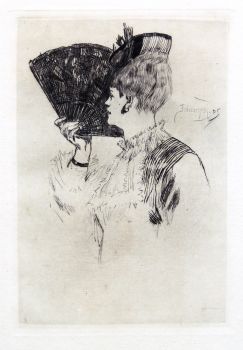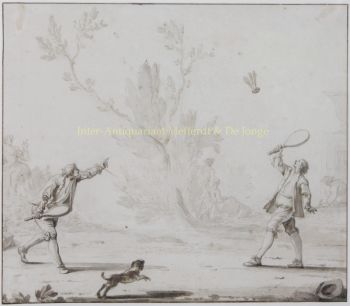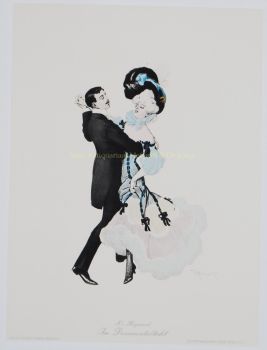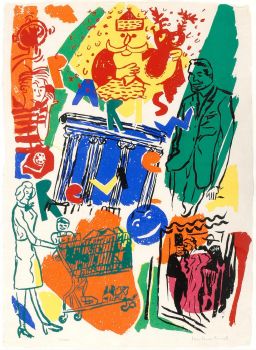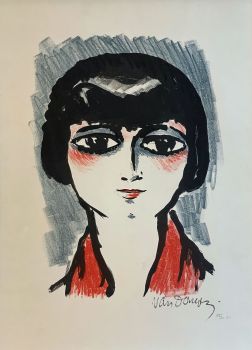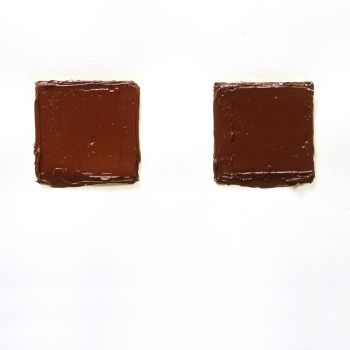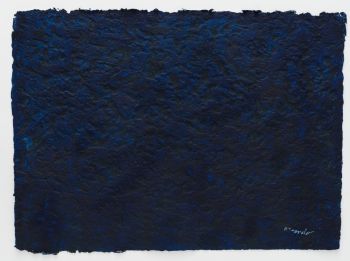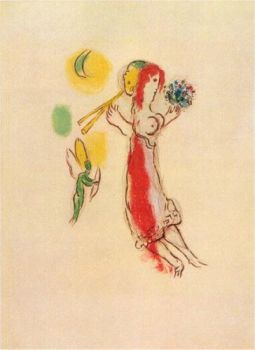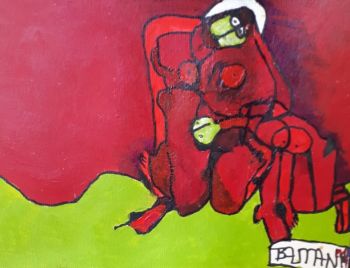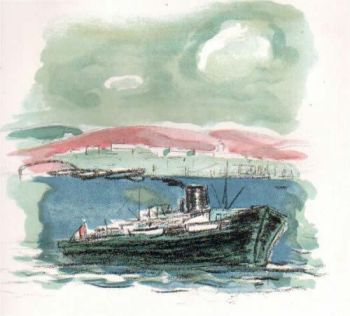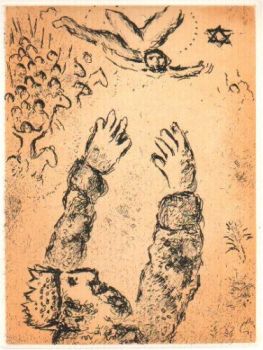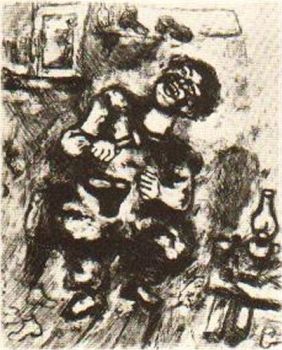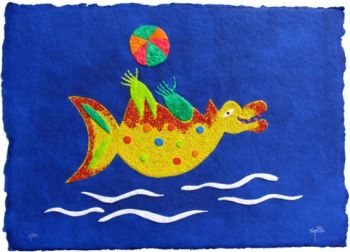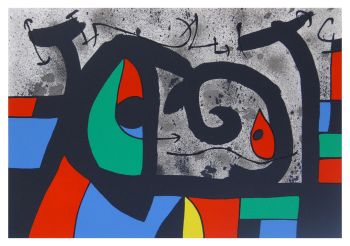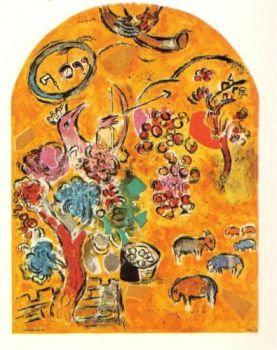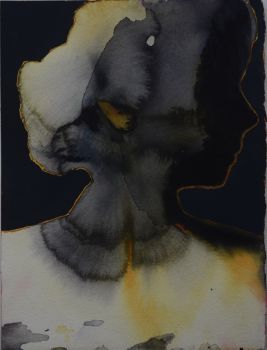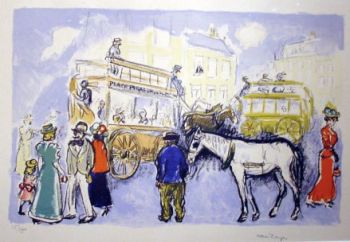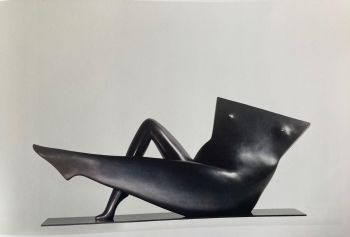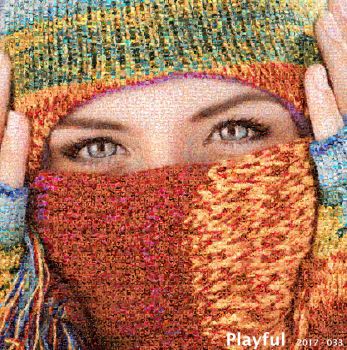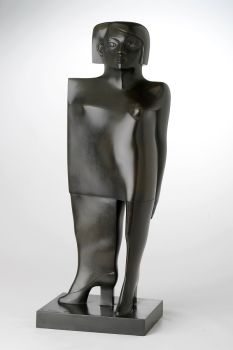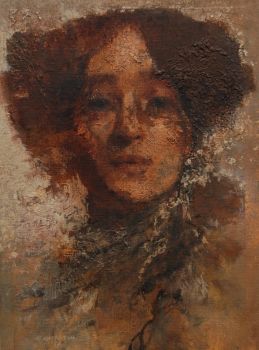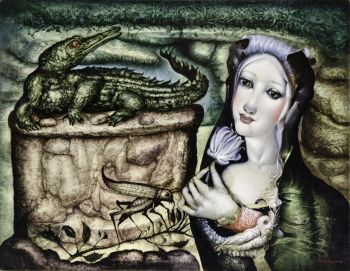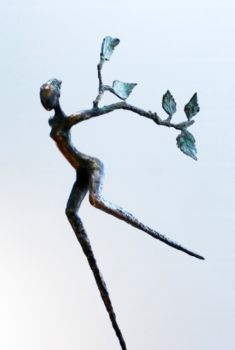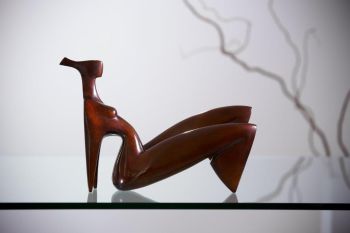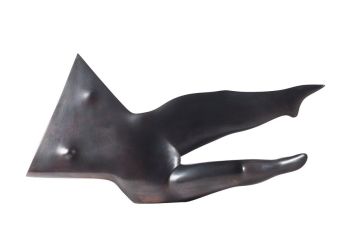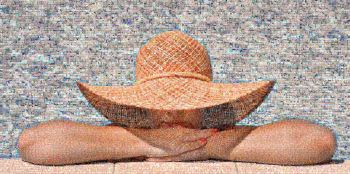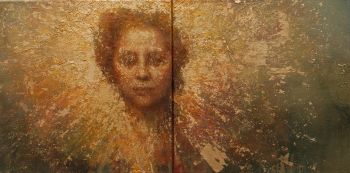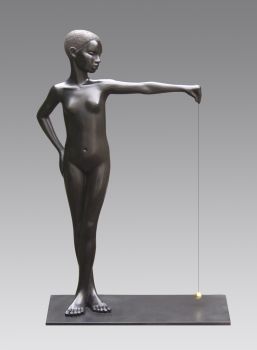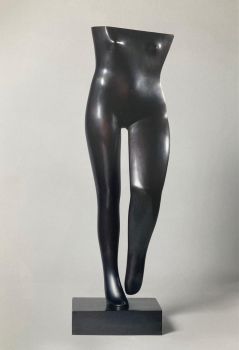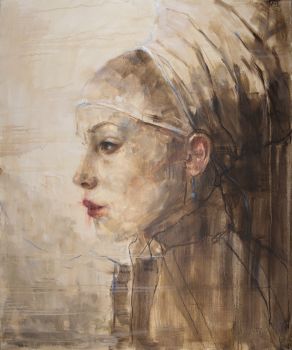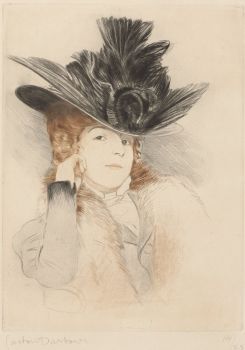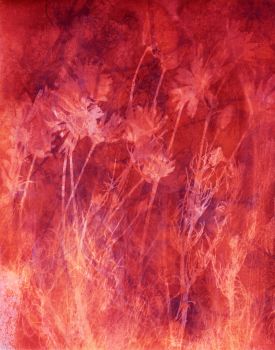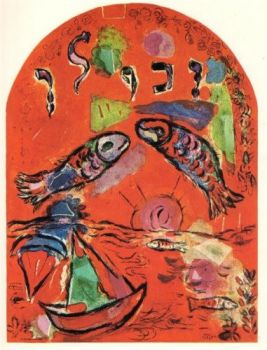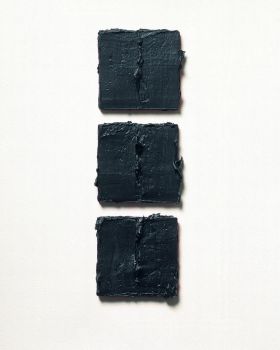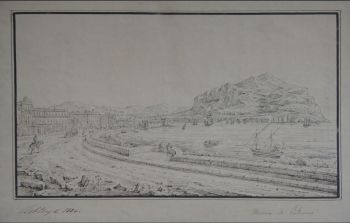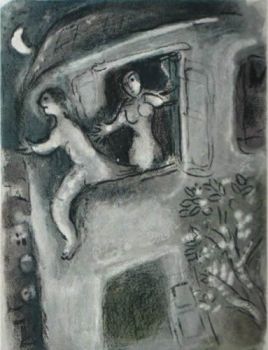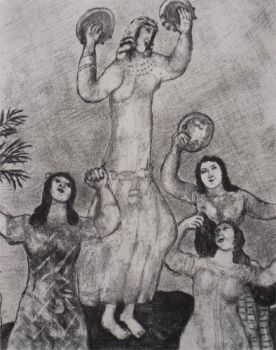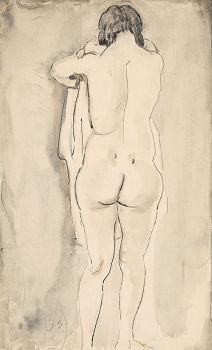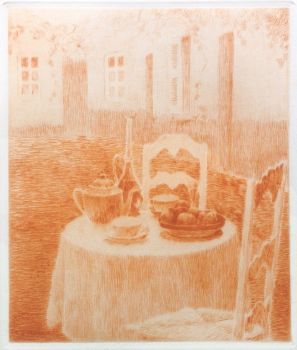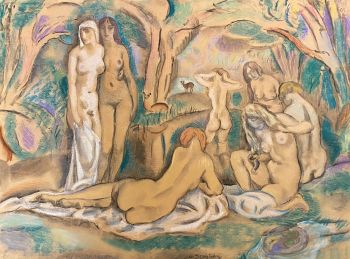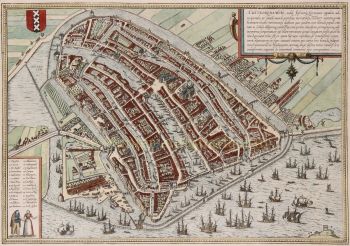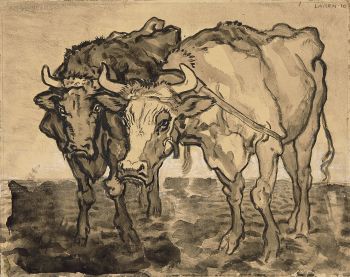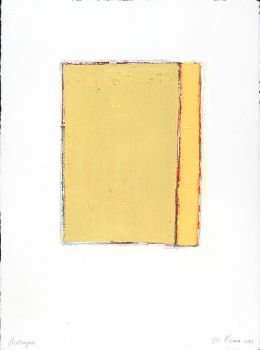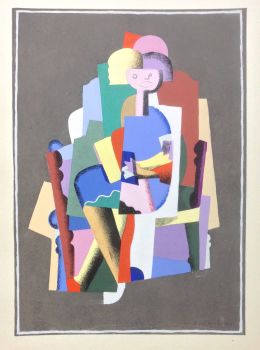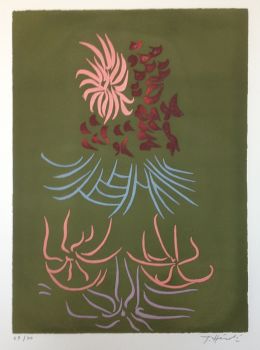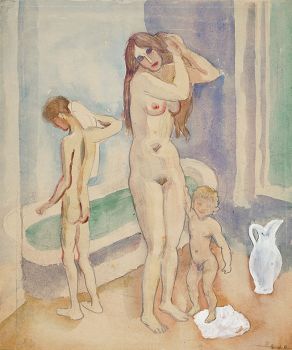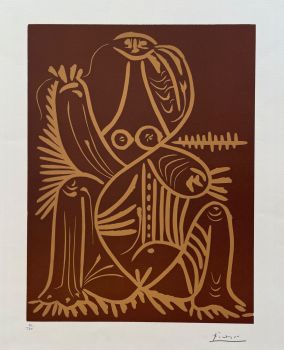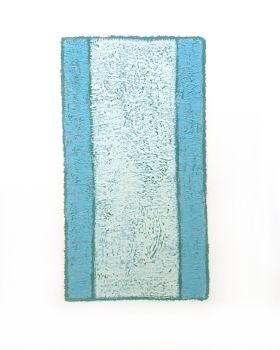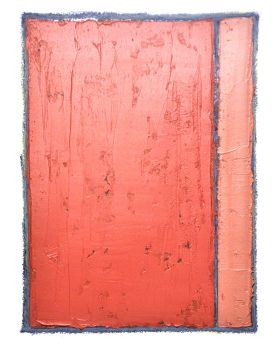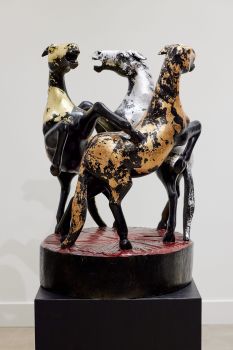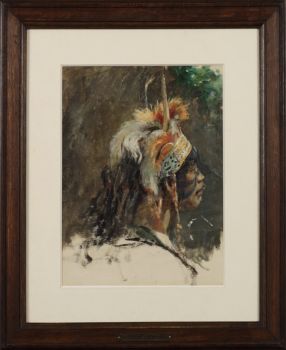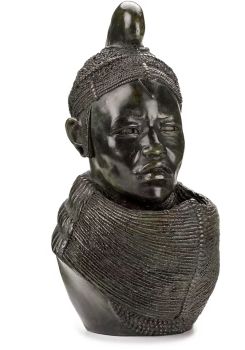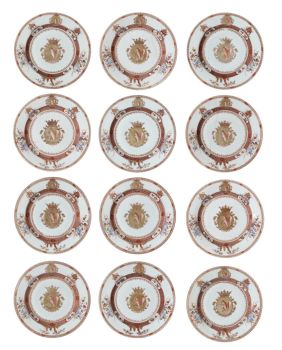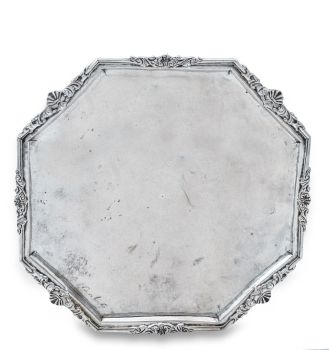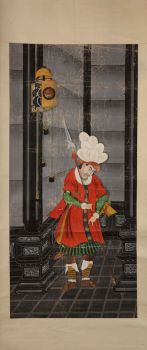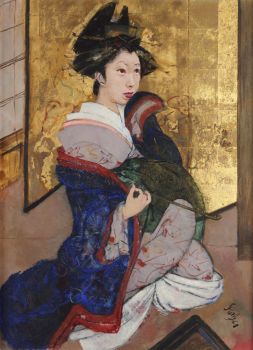Een Balinese vrouw met offergaven 1936
Theo Meier
Papier
57 ⨯ 41 cm
Prijs op aanvraag
Zebregs & Röell - Fine Art - Antiques
- Over kunstwerkTHEO MEIER (1908-1982)
“A Balinese woman with offerings”
Signed, dated '36 and annotated Mankok (the name of the sitter) lower left
Sanguine on paper, 57 x 41.5 cm
In a hand-made and hand-painted frame with address: Max Knöll, Herberggasse 4/1, Basel.
Provenance:
Private collection, Basel (acquired directly from the artist)
Private collection, London
Note:
Theo Meier was born in Basel, where he attended art school and became a successful portrait painter. However, after visiting an exhibition in Basel of Tahitian paintings by Paul Gaugin, he decided to follow in Gaugin’s footsteps and go to the South Pacific. To finance his voyage, he founded a club in which every member pledged a monthly sum in return of which they could choose one of Meier’s paintings upon his return.
In 1932, at the age of 24, he embarked on his voyage to the South Sea. In Tahiti, he certainly discovered the beauty of the colours of the tropical world but the primitive simplicity of the inhabitants, he had seen in Gaugin’s paintings turned out to be more in the artist’s fantasy than in reality. He returned to Basel but in 1935 again was on his way to the South Sea. In 1936 he arrived in Bali, planning to stay there for two or three weeks, but thirty years later he was still there. In Bali “a delirium laid hold of me which even today has not subsided”, he was to write much later. The present drawing was made during his first “delirius” year in Bali. In Bali, he settled and found inspiration and friendship with other artists including Walter Spies, who guided Theo to a deeper understanding of Balinese culture and invited him to his small mountain retreat in the village of Iseh (for a beautiful painting of Iseh by Meier see Uit Verre Streken, March 2018, nr. 60). In 1938 he married a young girl from the village, Ni Madé Mulugan, and in June 1939 his first daughter was born. In 1941 he divorced Ni Madé and a year later remarried his favourite model, Madé Pegi.
During the Japanese occupation of Indonesia and the subsequent war of independence, Theo lived in Iseh with Madé Pegi who bore him his second daughter in 1948. In 1950, for the first time in 15 years, Theo went back to Basel to sell paintings and get some money to support his family in Bali. When he returned in 1952, he found Madé Pegi in love with a Balinese dancer, and they divorced. In December 1955, two years before Sukarno decreed that all foreign residents had to leave the country, Theo went back to Switzerland where he had several financially successful exhibitions. In 1957, on the invitation of his friend Prince Sanidh Rangsit, Theo moved to Thailand. In 1966 he returned to Bali for the first time in many years and purchased land in Iseh to build a house.
- Over kunstenaar
Theo Meier was een Zwitserse kunstenaar uit Bazel die vooral actief was in Bali en Thailand. Hij studeerde aan de Academie voor Schone Kunsten in Bazel en begon zijn artistieke carrière na het ontvangen van een toelage van de Academie. Na een succesvolle portretopdracht kon Meier naar Berlijn reizen, waar hij kunstenaars ontmoette als Emil Nolde, Max Lieberman en Otto Dix, die hem veel leerden over schildertechnieken.
Geïnspireerd door Gauguin reisde Meier op 24-jarige leeftijd naar Tahiti. Hij keerde echter wanhopig terug nadat hij niet de primitieve manier van leven had gevonden die hij met eigen ogen had willen zien. Een jaar later ging Meier naar Bali. Hij werd onmiddellijk getroffen door het prachtige eiland en zijn cultuur. Hij vestigde zich in Sanur, ontmoette andere kunstenaars op het eiland en trouwde in 1936 relatief snel met een Balinese vrouw. Tijdens de Japanse invasie in de Tweede Wereldoorlog mocht Meier in Bali blijven omdat Zwitserland een neutrale staat was, maar veel van zijn werken werden in beslag genomen en verloren. In de jaren vijftig keerde Meier voor korte tijd terug naar Zwitserland. In 1957 reisde hij naar Thailand, waar hij zich voor de rest van zijn leven in Chiang Mai zou vestigen en het plaatselijke landschap en de plaatselijke bevolking zou schilderen.
Theo Meier werkte in een kleurrijke stijl, vergelijkbaar met Gauguin en de Fauvisten. Zijn werk is te zien in meerdere collecties en musea over de hele wereld.
Bent u geïnteresseerd om dit kunstwerk te kopen?
Artwork details
Related artworks
Rene Rietmeyer
"Germany, Saarland, April 2001"2001
Prijs op aanvraagEuropean Cultural Centre Collection
1 - 4 / 24- 1 - 4 / 24
Jan Sluijters
Moeder met twee kinderen in badkamer1900 - 1950
Prijs op aanvraagStudio 2000 Art Gallery
1 - 4 / 24Onbekende Kunstenaar
A Surinam-themed Amsterdam long-case clock1746 - 1756
Prijs op aanvraagZebregs & Röell - Fine Art - Antiques
 Gecureerd door
Gecureerd doorGallerease Magazine
Shiba Kokan
Schilderij van een Fantasie Hollanderearly 19th
Prijs op aanvraagZebregs & Röell - Fine Art - Antiques
Onbekende Kunstenaar
Dutchmen in miniature (Netsuke)1700 - 1900
Prijs op aanvraagZebregs & Röell - Fine Art - Antiques
1 - 4 / 12



